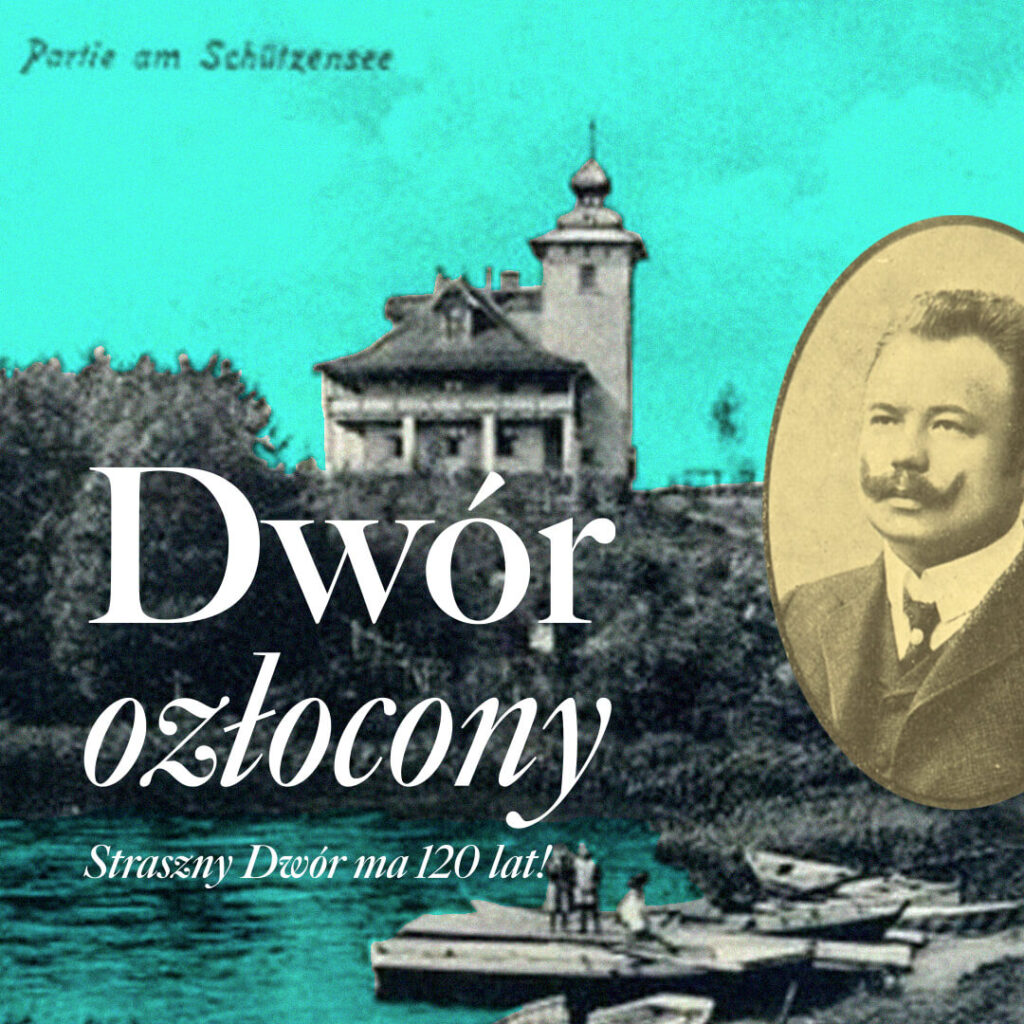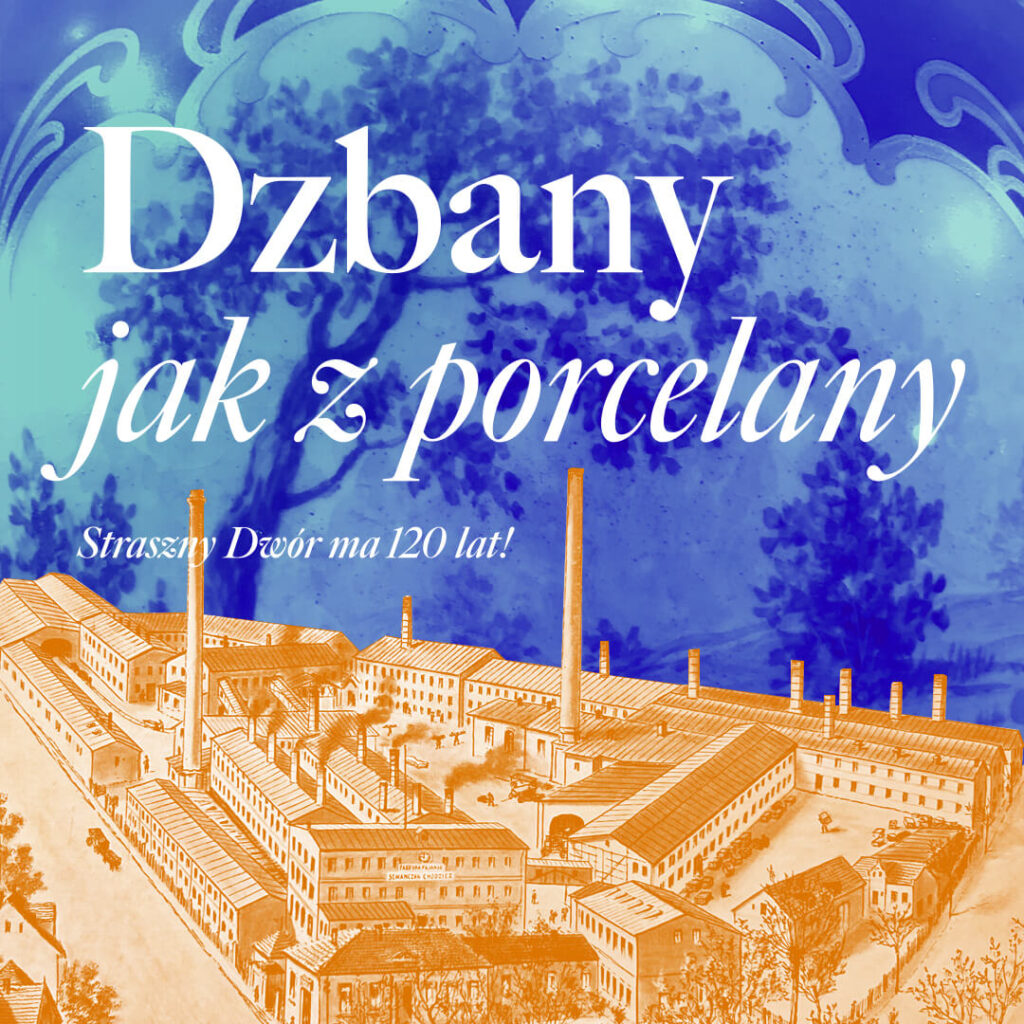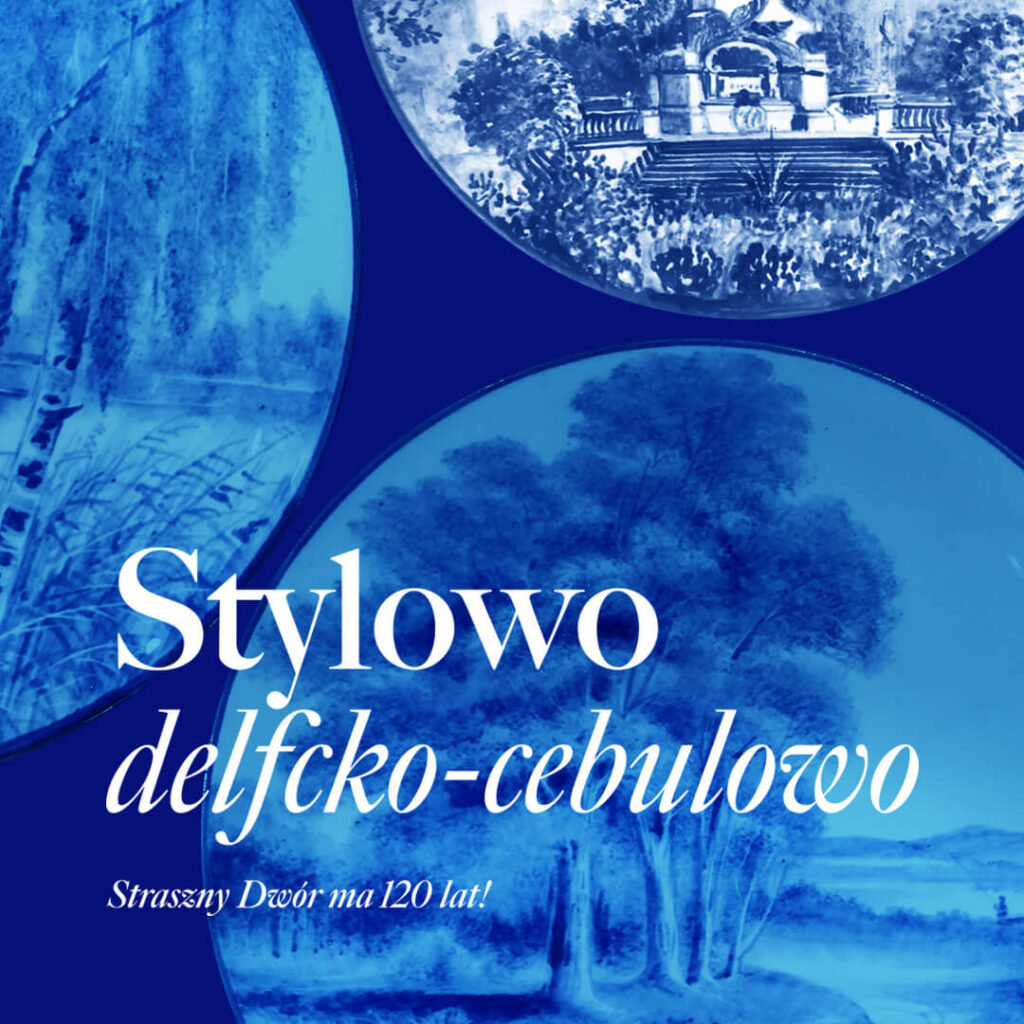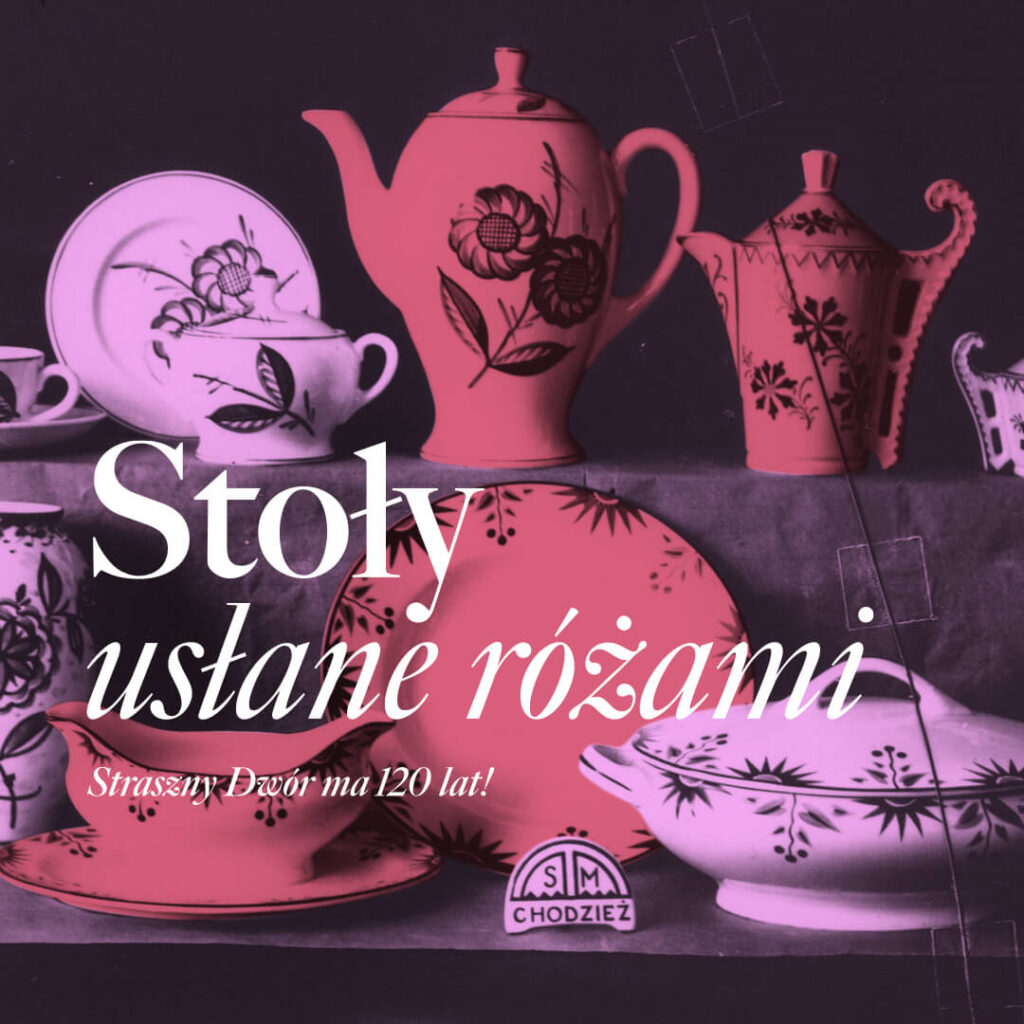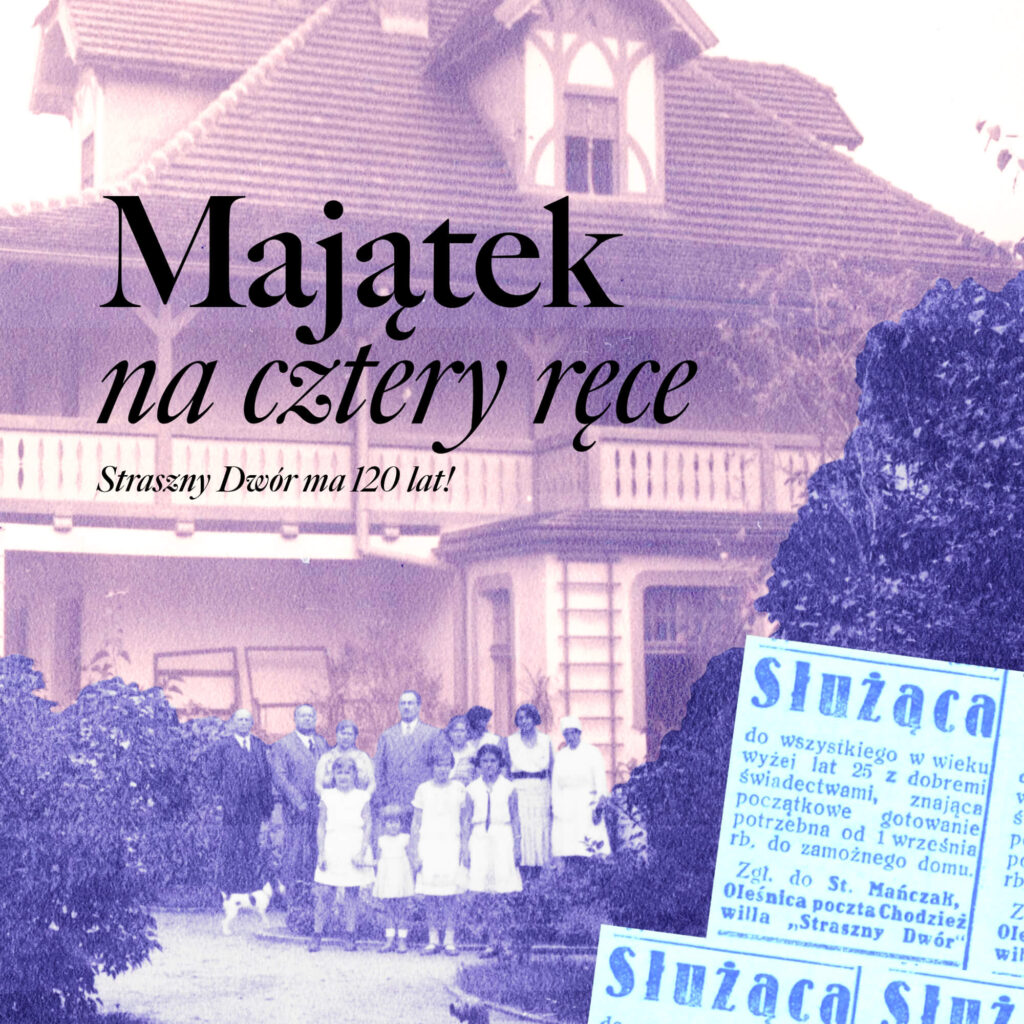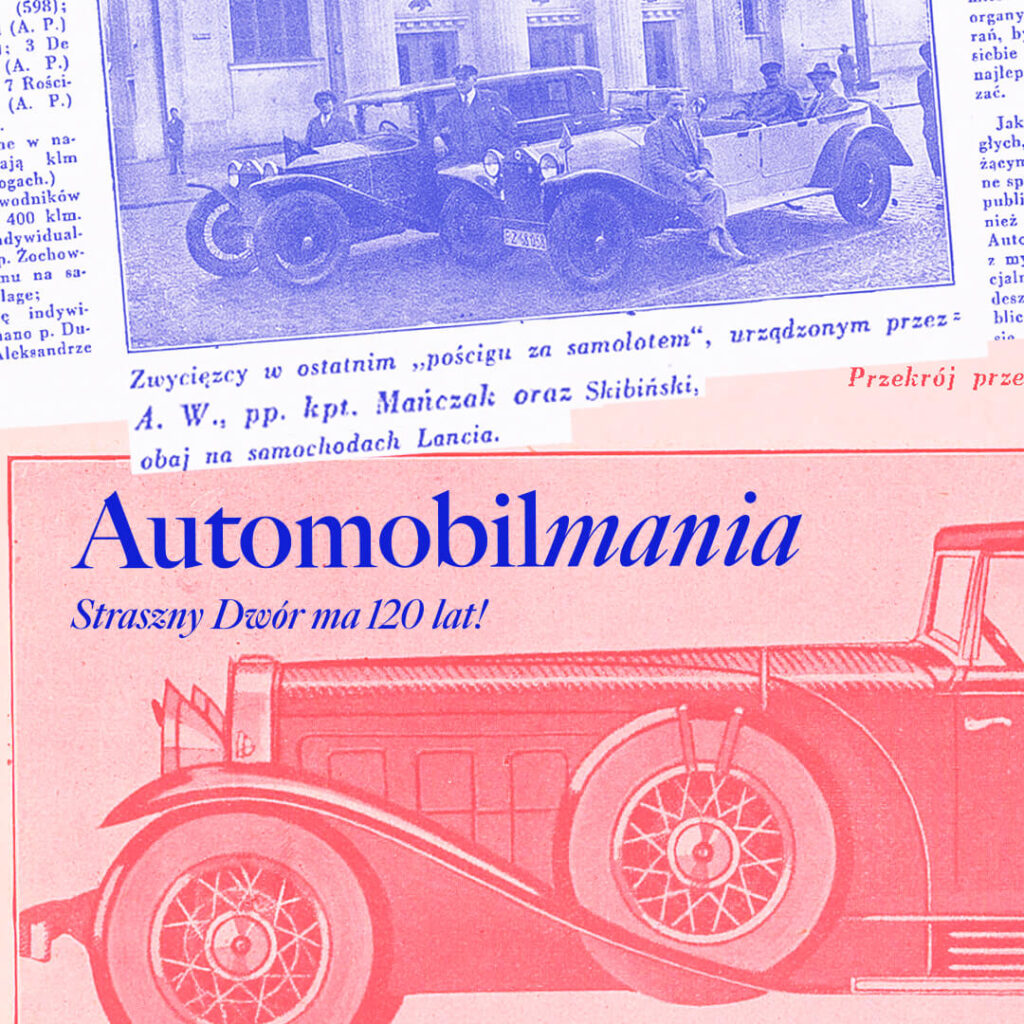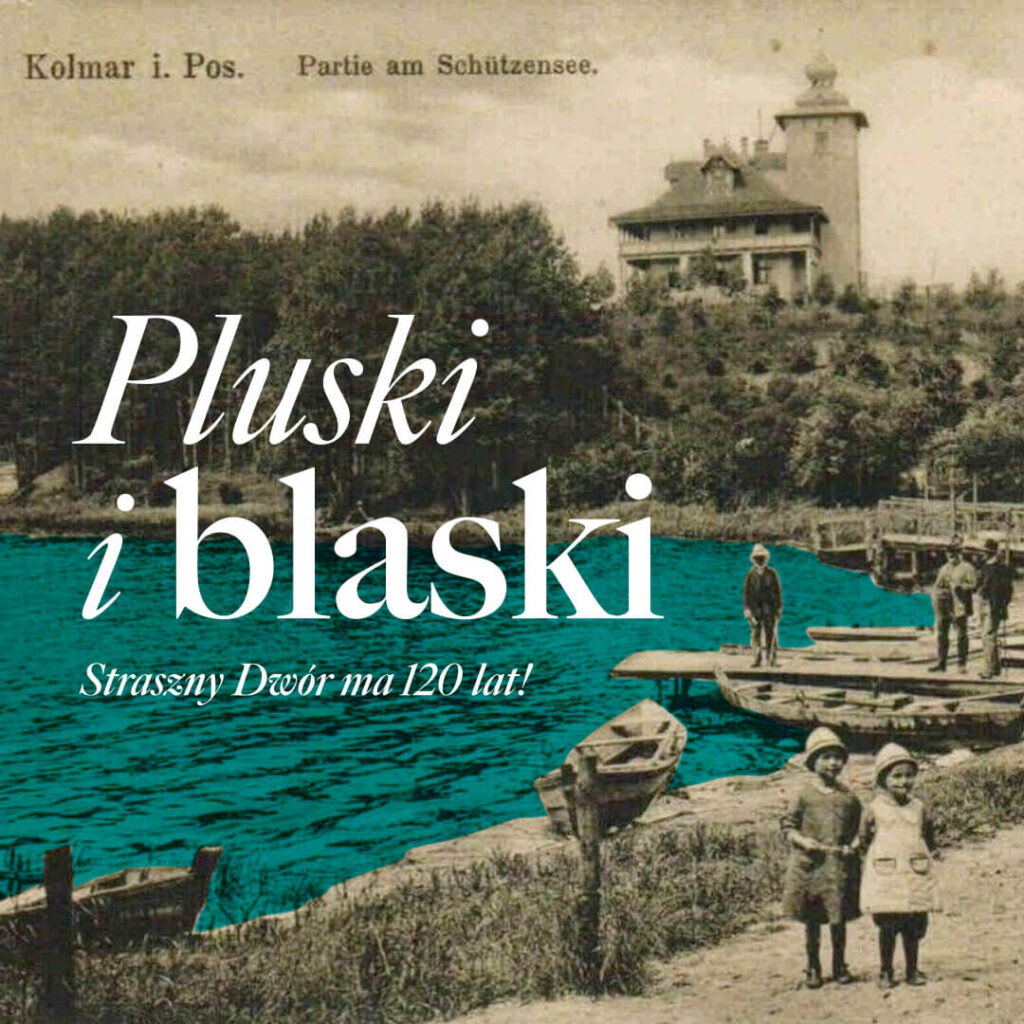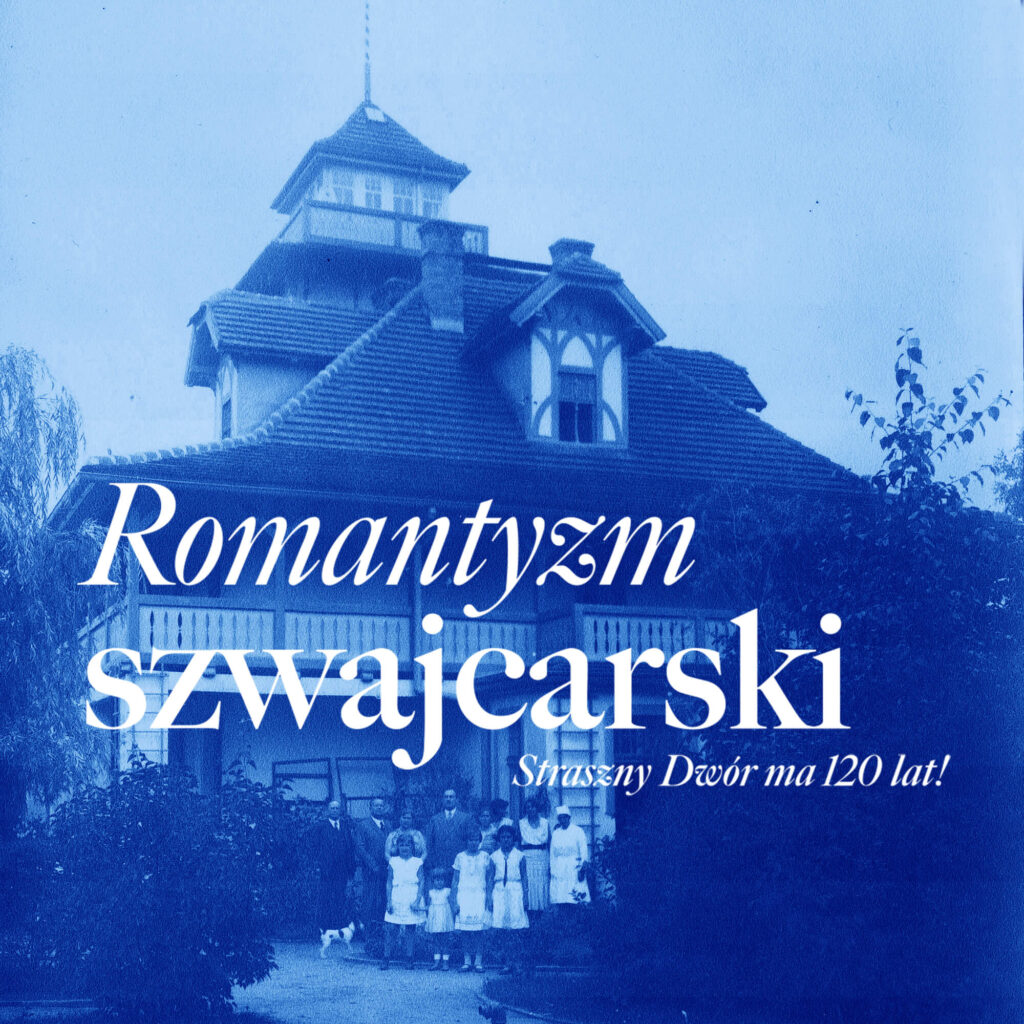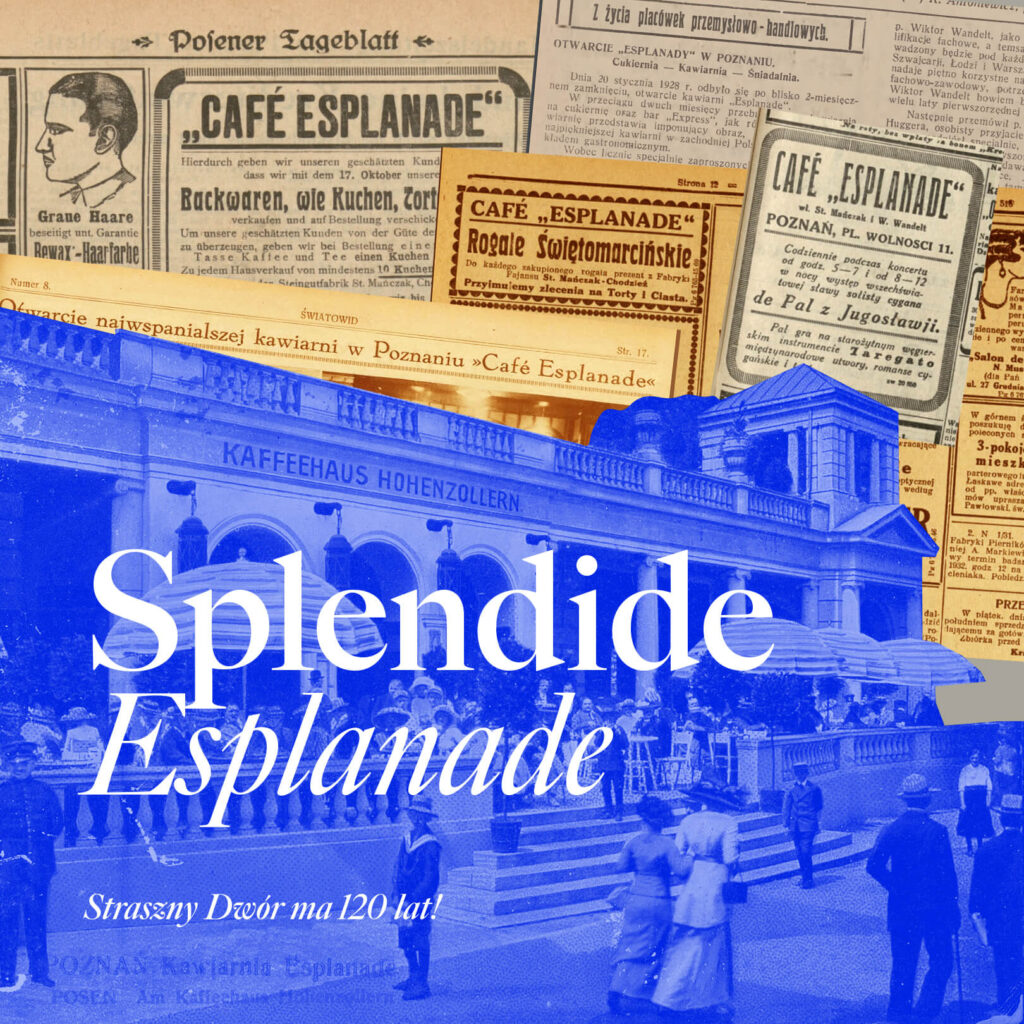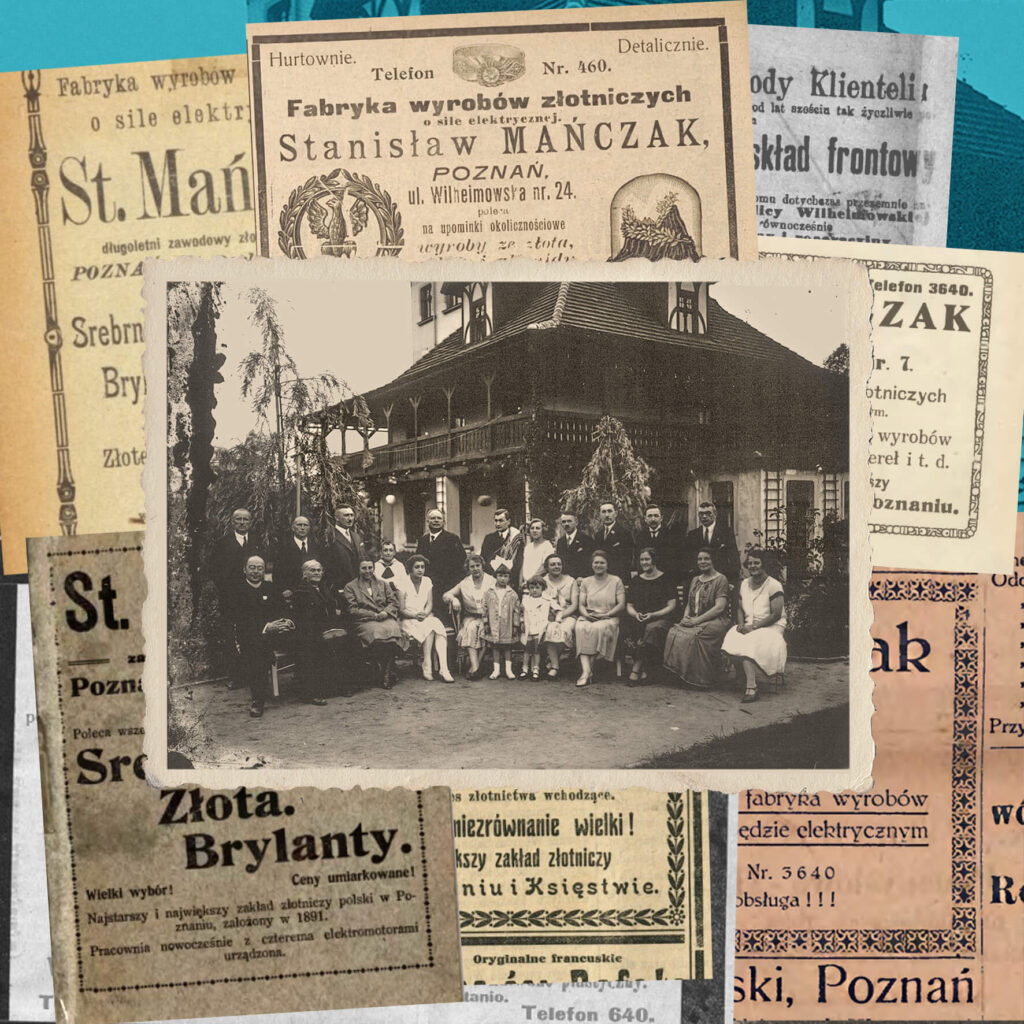Faience
Haunted Manor and the entire Chodzież enjoyed their golden years during the interwar period.
Manczak brothers, Stanisław, the owner of the faience factory, and Sylwester, the artist in charge, set the tone. The brothers employed half the town and created a brand of kaolin tableware recognisable in Europe thanks to its original design.
The residence on Lake Strzelecki was at the heart of these developments activities. When doctors discovered that the microclimate in Chodzież was good for the respiratory system, Gebhard Brühl built a luxury guesthouse in 1904. He built a palace in the then fashionable Tyrolean style with references to German Romanticism. The manor house was bought in 1921 by Stanisław Mańczak, converted into a representative villa and named after his favourite opera by Stanisław Moniuszko.
The bowling alley built next door was the heart of interwar Chodzież. The largest hall was used for concerts, performances, town festivities, meetings of fraternities and societies, it was here that the Chodzież elite met. We want to restore the Haunted Manorto its former glory and make it a vibrant meeting place once again. Chodzież faience was the adornment of every home. This is thanks to Sylwester Manczak, who introduced new designs to the crockery produced here. Chodzież faience featured floral and geometric patterns, landscapes and folklore painted in the art déco style. The Chodzież factory became the largest faience producer in Poland, exporting more than half of its production to the Netherlands, the European birthplace of faience, as well as to Belgium and Scandinavia.
The Manczak family changed the town. The success of their ceramics increased production, gave jobs to hundreds more locals and convinced the public of the ‘unparalleled quality of the local products’.
